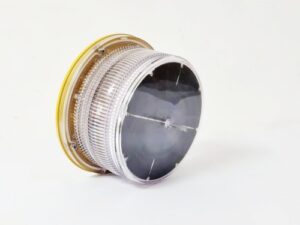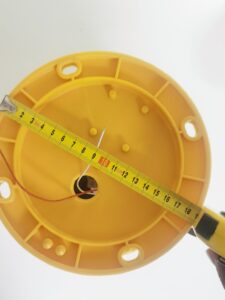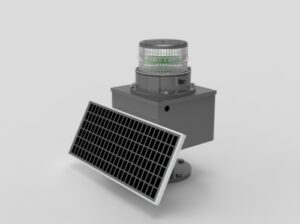The yellowing of navigational lights made from high-quality polycarbonate is a common concern among B2B buyers. This phenomenon not only affects the aesthetic appeal but also compromises the performance of the lights, which is crucial for safety and compliance. This guide aims to provide an in-depth understanding of why this happens and how to mitigate the issue.

Causes of Yellowing in Polycarbonate
Polycarbonate is a popular material for navigational lights due to its high impact resistance and durability. However, it is susceptible to yellowing due to:
· UV Exposure: Prolonged exposure to ultraviolet rays can degrade the material. The manufacturing process often involves applying a UV-protective coating post-production to slow down aging, as polycarbonate is sensitive to UV rays.
· Environmental Factors: Moisture, temperature fluctuations, and pollutants can also contribute to yellowing. The material should not be mixed with other substances like recycled plastics, which can lower transparency and speed up aging.

Impact on Performance
Yellowing can significantly reduce the light’s effectiveness by:
Reducing Visibility: A yellowed light is less visible from a distance, compromising safety.
Non-Compliance: Yellowing can lead to non-compliance with international standards like ICAO and FAA, which can be a significant issue for buyers.
Heat Emission: Lights generate heat during operation, which can accelerate aging. The choice of LED lights with lower heat emission is crucial for mitigating this factor.
Prevention Methods
Manufacturers often incorporate UV stabilizers into the polycarbonate material to slow down the yellowing process. However, these measures have their limitations.
UV-Protective Coating: A layer of UV-protective coating is often applied to the surface to slow down aging. This is an essential step in the manufacturing process and contributes to the overall cost.
Quality Control: Ensure that the material does not contain any recycled plastics, which can accelerate yellowing.

How to Choose the Right Material
When sourcing navigational lights, consider:
Environmental Conditions: If the lights will be exposed to harsh conditions, opt for materials less likely to yellow.
Conclusion
Understanding the causes and impacts of yellowing in polycarbonate navigational lights can guide you in making informed purchasing decisions. While prevention methods exist, they are not foolproof. Therefore, it’s crucial to consult with your supplier about the material specifications and any anti-yellowing treatments they may offer.





